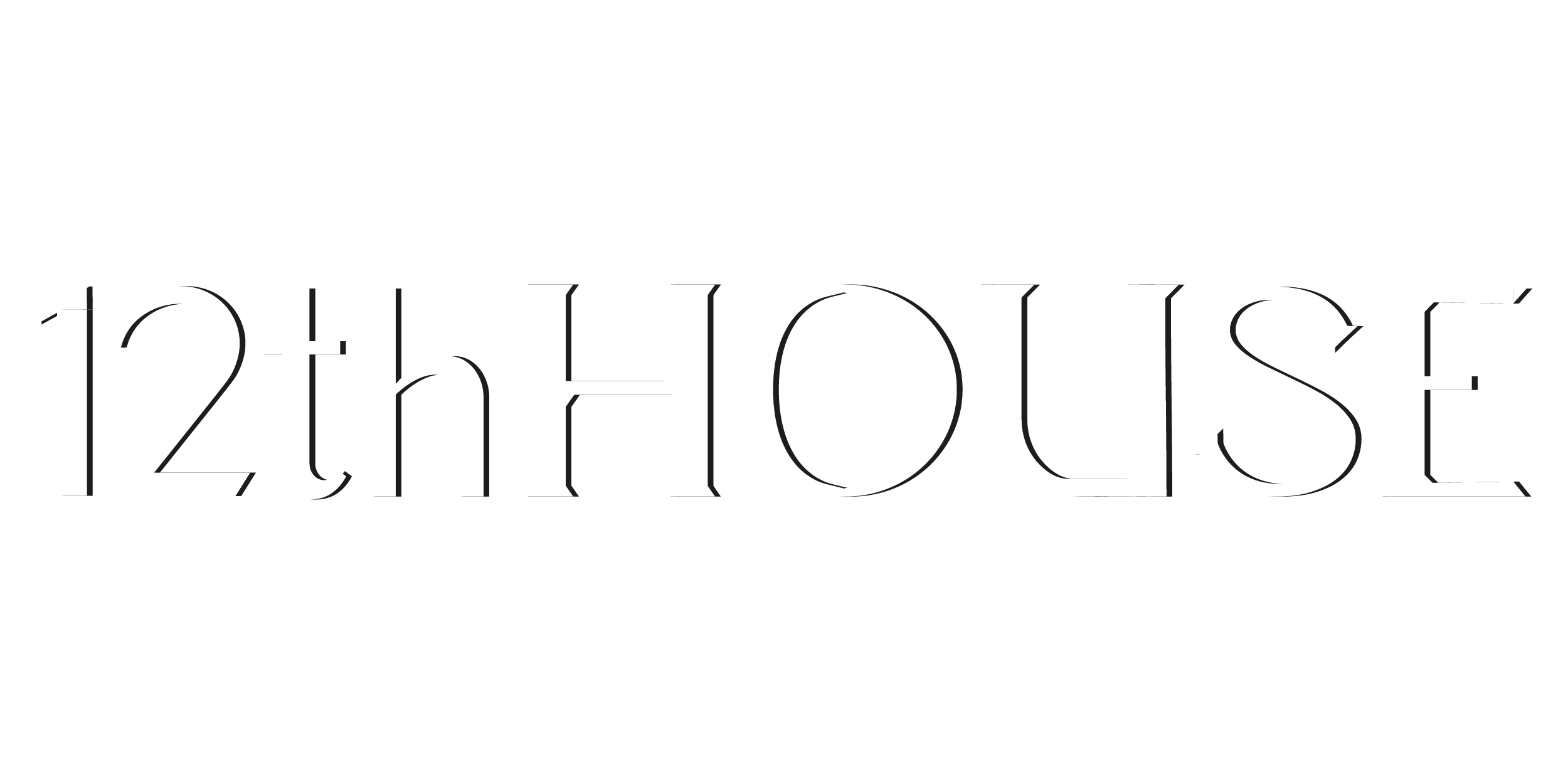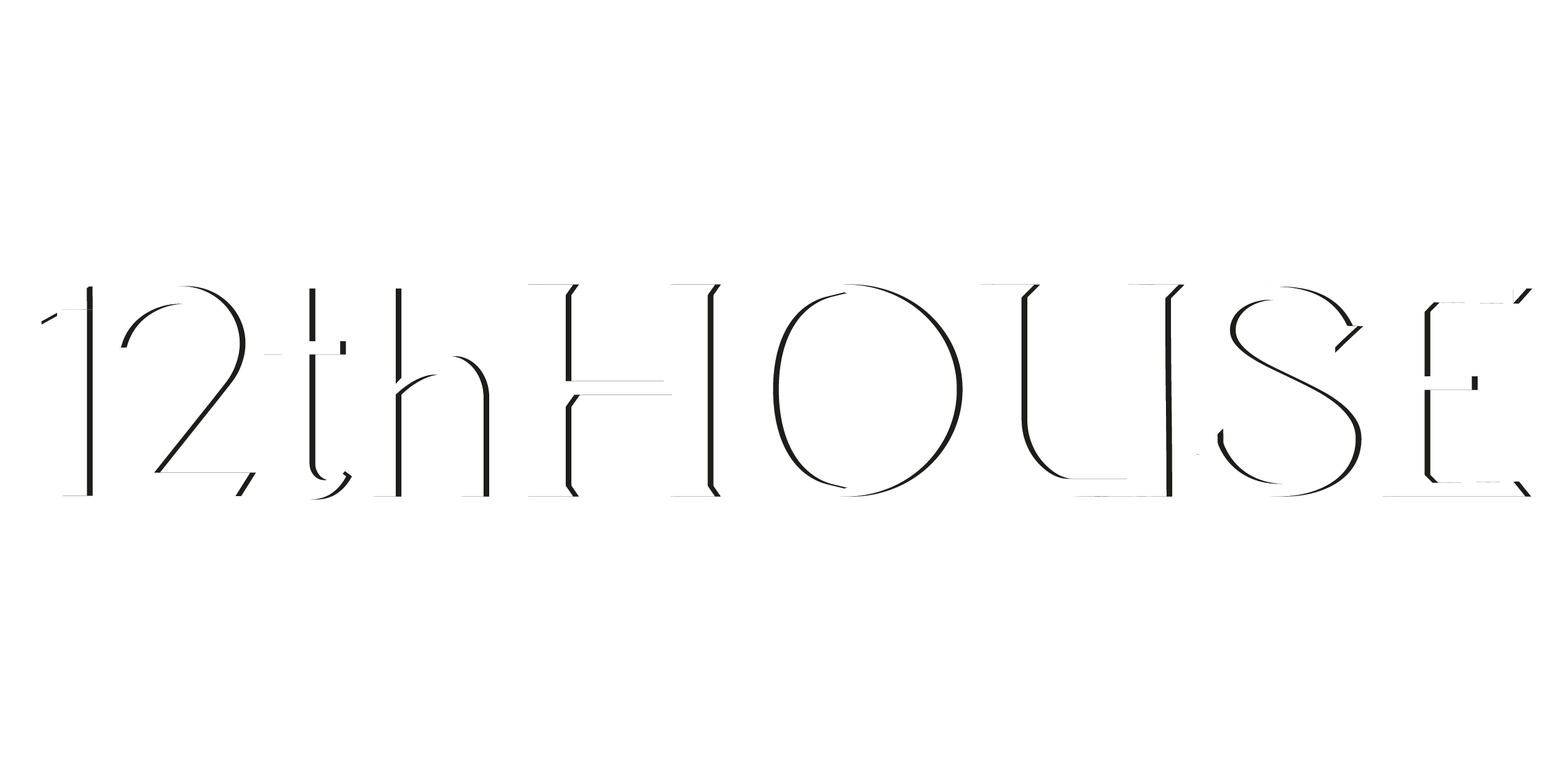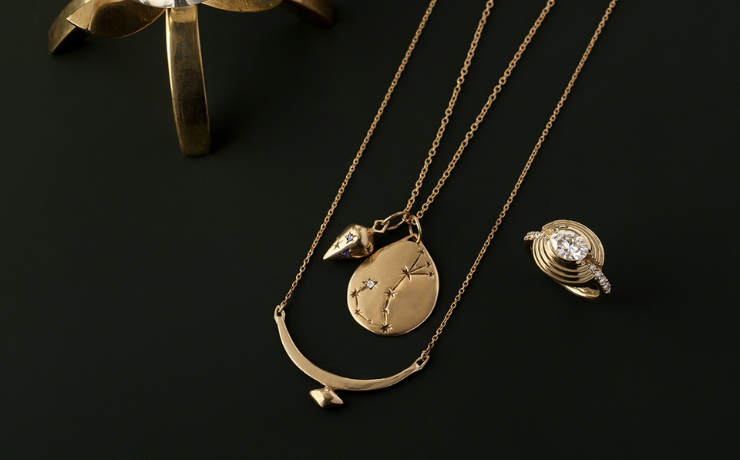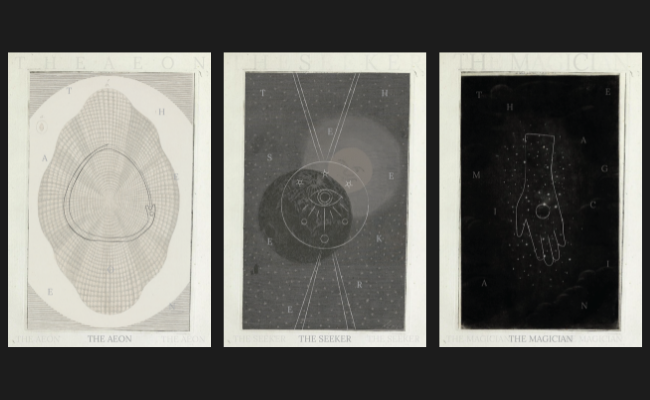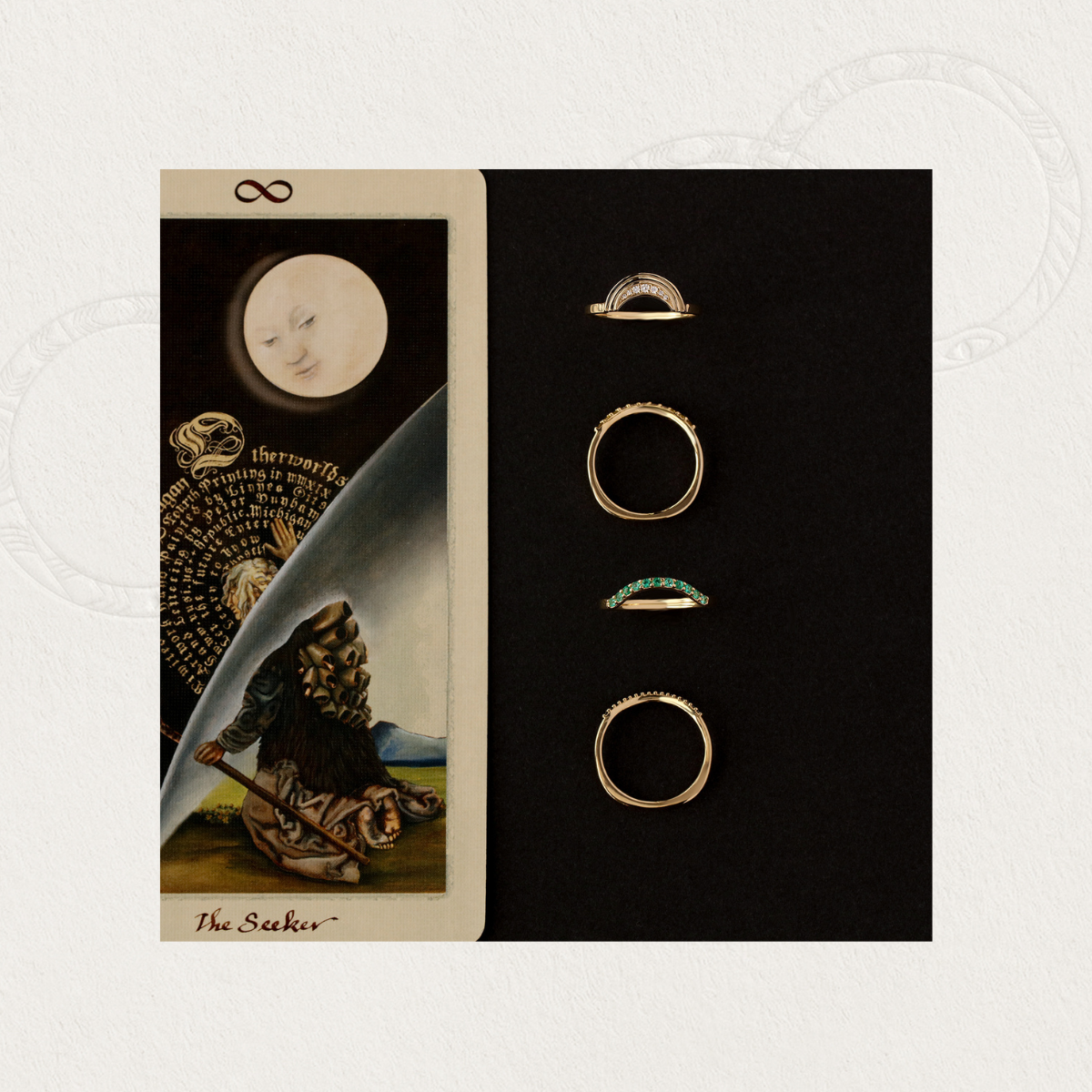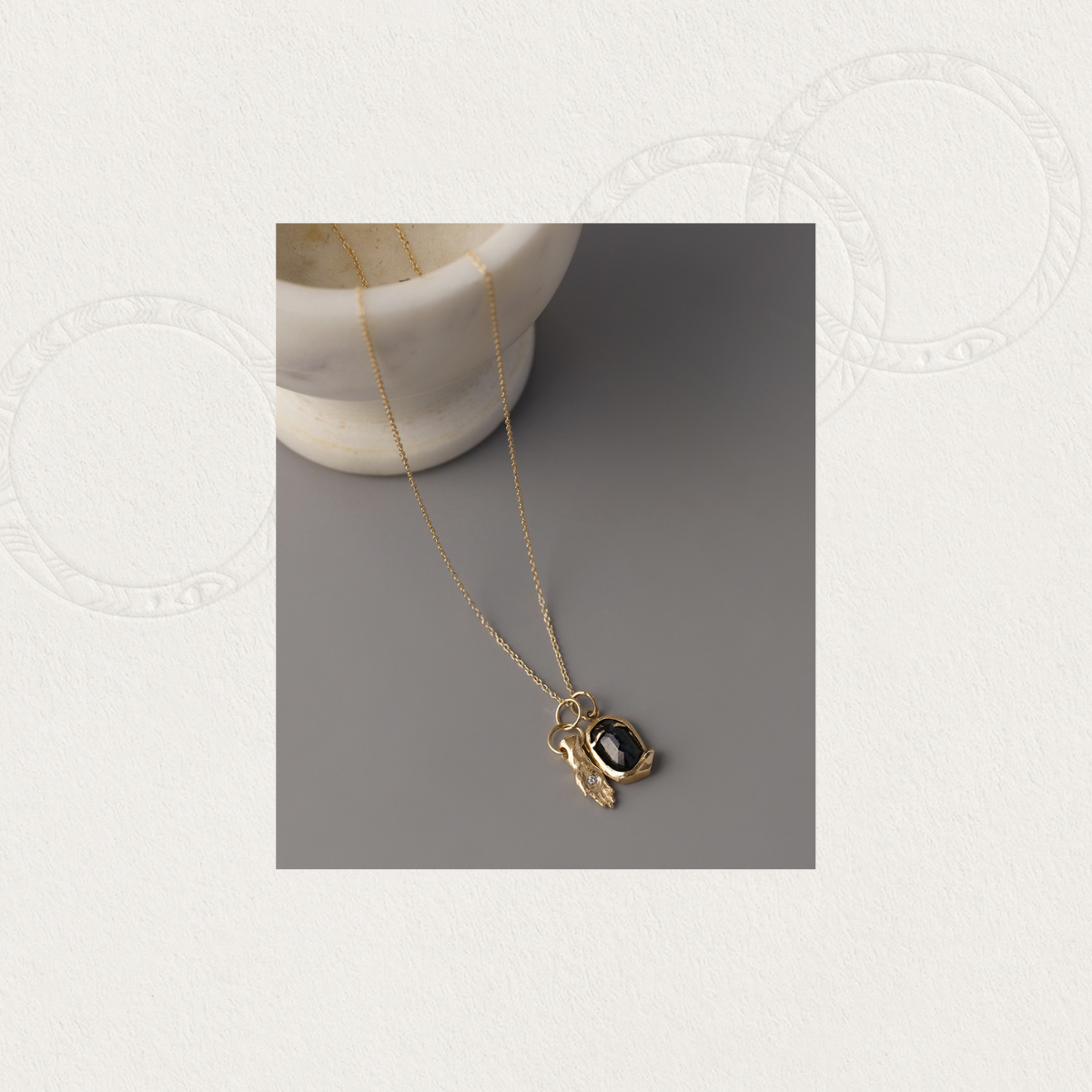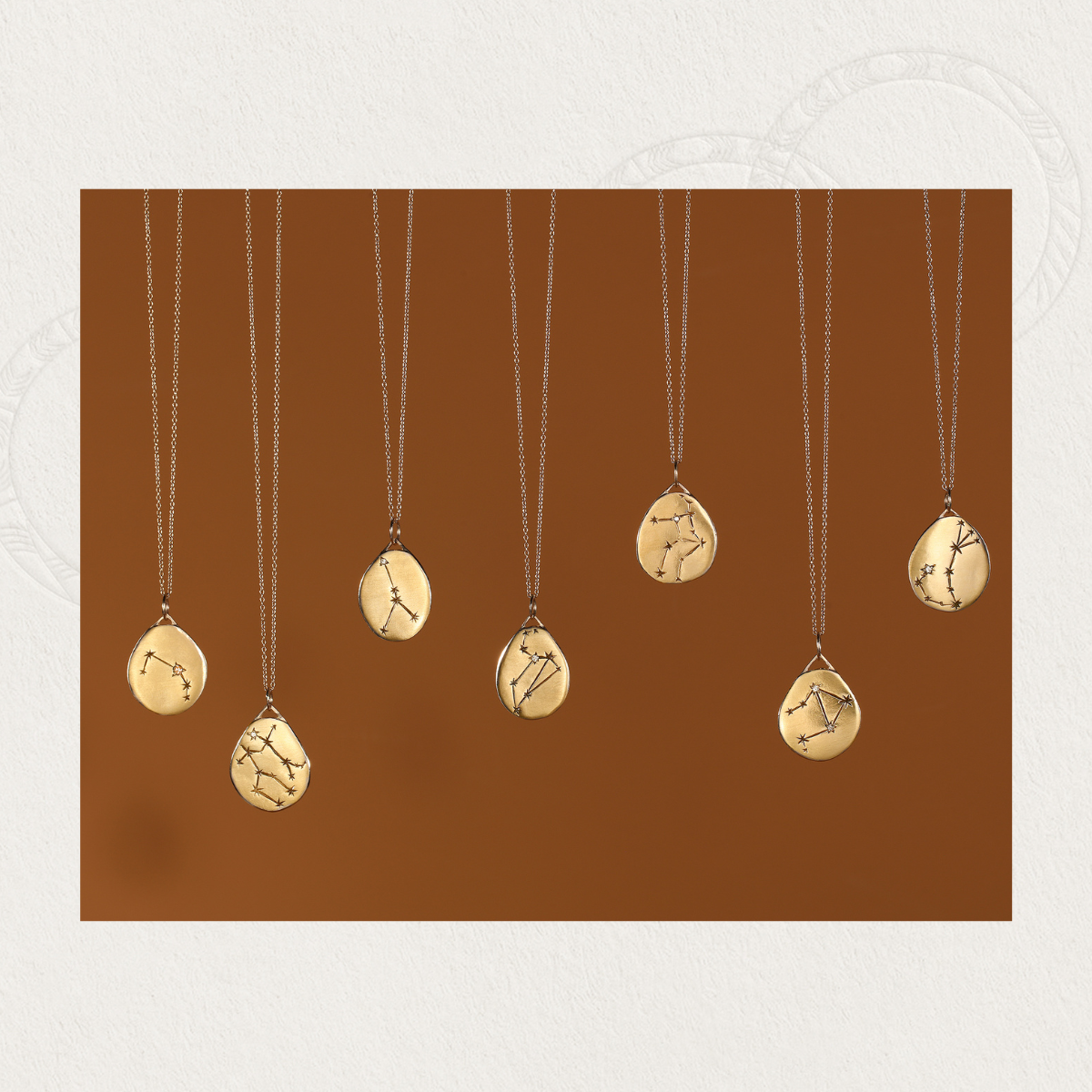Article: The Big Three Placements in Astrology: Understanding Your Sun, Moon, and Ascendant
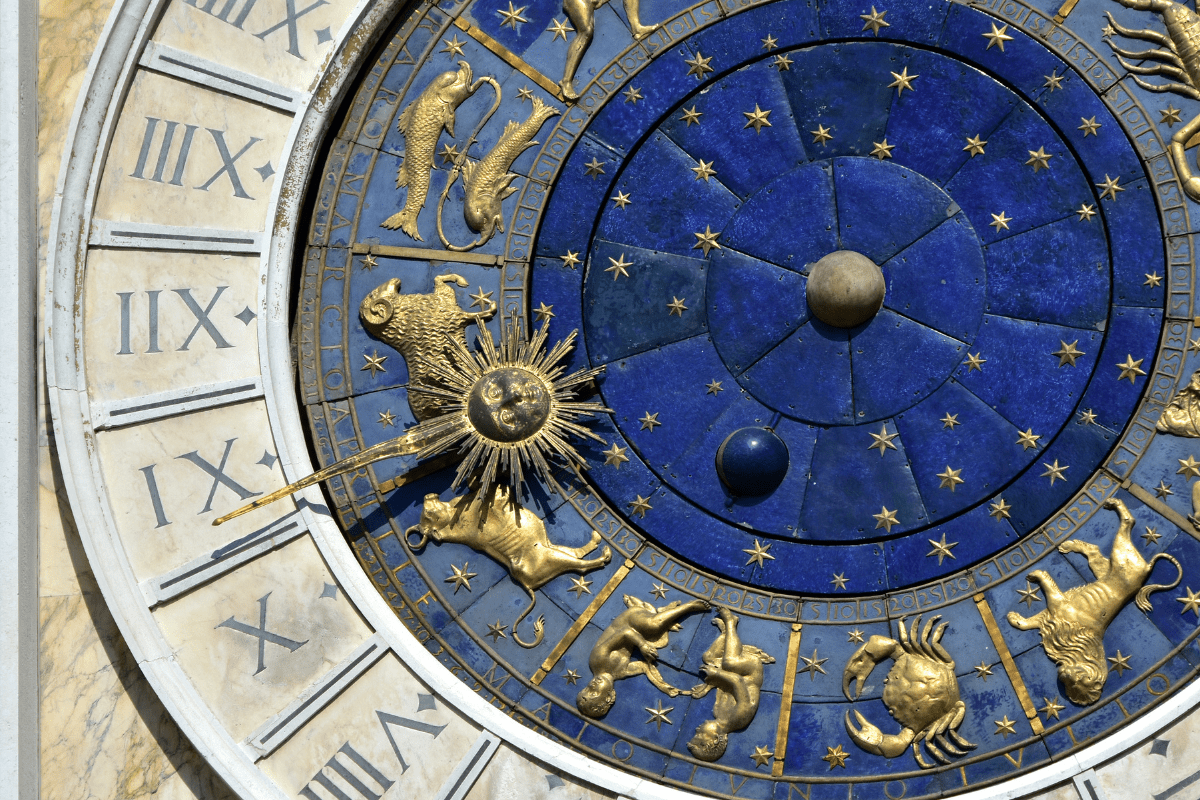
The Big Three Placements in Astrology: Understanding Your Sun, Moon, and Ascendant
Astrology is a complex and fascinating subject that has captivated people for centuries. One of the key elements of astrology is the birth chart, which is a unique map of the sky at the time of a person's birth. This chart contains a wealth of information about the individual's personality, tendencies, and potential, and can provide valuable insight into their life and path.
Three of the most important placements in a person's birth chart are known as the "big three": the Sun, the Moon, and the Ascendant (also known as the Rising sign). These placements are considered particularly significant because they represent the core elements of the individual's personality and can offer valuable insight into their strengths, weaknesses, and overall character.
In this article, we will delve into the meaning and significance of the "big three" placements in astrology and explore how they can be used to understand and work with one's unique qualities and potential.
What are the "big three" placements in astrology?
The "big three" placements in astrology are the Sun, the Moon, and the Ascendant (also known as the Rising sign). These three placements are considered the most important or influential in a person's birth chart and provide insight into the distinct core elements of their personality.
The Sun represents the core of the individual and their sense of Self, as well as their Ego, vitality, and personal identity. It is associated with the sign of the zodiac that it is placed in and can influence how the individual expresses their sense of self and their unique qualities.
The Moon represents the emotional, instinctual, and intuitive side of the individual, as well as their unconscious mind and their inner emotional landscape. It is associated with the sign of the zodiac that it is placed in and can influence how the individual expresses their emotions and responds to their environment.
The Ascendant (or Rising sign) is the sign of the zodiac that was rising on the eastern horizon at the time of the person's birth. It represents the individual's outward appearance and demeanor, as well as the way they present themselves to the world and how they engage with others. It is associated with the sign of the zodiac that it is placed in and can influence how the individual presents themselves and their overall demeanor.
How do I find my "big three" placements?
To determine your "big three" placements, you will need to know your birth date, time, and place. With this information, you can use an online birth chart calculator to generate a map of the sky at the time of your birth, which will show the positions of the Sun, Moon, and Ascendant in your chart. Alternatively, you can consult with an astrologer who can create a chart for you and provide interpretation and guidance.
It's important to note that the accuracy of the chart depends on the accuracy of the birth time. If the time of birth is not known or is estimated, the placements of the Sun, Moon, and Ascendant may not be as precise.
Interpretation of the Sun placement
The Sun placement in a person's birth chart represents the core of the individual and their sense of self. It influences the individual's ego, vitality, and personal identity and is associated with the sign of the zodiac that it is placed in.
For example, if the Sun is placed in the sign of Leo, the individual may have a strong sense of self and a confident, outgoing personality. They may be drawn to leadership roles and enjoy being the center of attention. On the other hand, if the Sun is placed in the sign of Pisces, the individual may be more introspective and sensitive, with a compassionate and intuitive nature.
The Sun is also associated with the individual's sense of purpose and direction in life, and its placement can offer insight into their goals and aspirations. It can also influence the individual's creativity and self-expression, and how they assert their own identity and individuality.
Most people are familiar with their Sun sign, as it is determined by the calendar date of their birth and is often used to determine their astrological identity. For example, someone born between March 21st and April 19th is an Aries, while someone born between May 21st and June 20th is a Gemini.
Because of this, many people associate their zodiac and horoscope with their Sun sign and may not be aware of the other placements in their birth chart. However, it's important to remember that the Sun sign is just one aspect of a person's astrological identity and that there is much more to learn and explore in astrology.
In addition to the Sun, the Moon and Ascendant placements are also important in understanding a person's astrological chart and can offer valuable insight into their personality and tendencies. By considering all of these placements together, individuals can gain a more complete and nuanced understanding of their astrological identity and can use this knowledge to make informed decisions and navigate their path in life.
Overall, the Sun placement in a person's birth chart is a very important factor in understanding their sense of self and their unique qualities and potential. By working with this placement, individuals can gain a deeper understanding of their core identity and can use this knowledge to cultivate self-awareness.
Interpretation of the Moon placement
The Moon placement in a person's birth chart represents the emotional, instinctual, and intuitive side of the individual. It influences the individual's unconscious mind and inner emotional landscape and is associated with the sign of the zodiac that it is placed in.
In addition to the sign placement, the house placement of the Moon in the birth chart is also significant. The houses in a birth chart represent different areas of life and can offer insight into how the individual experiences and expresses their emotions in different contexts. [ Read our article about understanding the different Houses in Astrology here.]
For example, if the Moon is placed in the 1st house (the house of Self), the individual may be particularly attuned to their own emotional state and may have a strong connection to their own identity and sense of self. On the other hand, if the Moon is placed in the 7th house (the house of relationships), the individual may be more focused on their relationships and may be highly attuned to the emotional needs and dynamics of their partnerships.
One important factor to consider when interpreting the Moon placement is the speed of the Moon's movement through the signs. The Moon moves quickly through the zodiac and spends an average of about two and a half days in each sign. This means that the Moon changes signs about once every three days.
Another factor to consider is the phase of the Moon, which can also influence the individual's emotional state and tendencies. For example, during the New Moon phase, the individual may feel more introspective and focused on their inner world, while during the Full Moon phase, they may feel more reactive and emotional.
Overall, the Moon placement in a person's birth chart is an important factor in understanding their emotional nature and their unconscious mind. By considering the sign, house, and phase placements of the Moon, individuals can gain a deeper understanding of their emotional landscape and can use this knowledge to make informed decisions.
Interpretation of the Ascendant (or Rising sign) placement
The Ascendant (or Rising sign) placement in a person's birth chart represents the individual's outward appearance and demeanor. It influences the way the individual presents themselves to the world and engages with others, and is associated with the sign of the zodiac that it is placed in.
For example, if the Ascendant is placed in the sign of Leo, the individual may be confident, outgoing, and charismatic, with a strong sense of personal presence. They may be drawn to leadership roles and enjoy being the center of attention. On the other hand, if the Ascendant is placed in the sign of Scorpio, the individual may be more introspective and enigmatic, with a powerful aura and a tendency towards secrecy.
The Ascendant is also associated with the way the individual approaches the world and their overall outlook on life, and its placement can offer insight into their communication style and the way they engage with others.
One important factor to consider when interpreting the Ascendant placement is the speed at which it moves across the horizon. The Ascendant changes signs about every two hours, which means that it is in a different sign at different times of the day. This can have an impact on the individual's demeanor and how they present themselves to the world.
Because of this, it is important to know the exact birth time in order to accurately determine the Ascendant placement in a person's birth chart. If the birth time is not known or is estimated, the Ascendant placement may not be as precise and could potentially be off by a few signs.
Overall, the Ascendant placement in a person's birth chart is an important factor in understanding the individual's outward appearance and demeanor, as well as their approach to the world and their overall outlook on life. By considering the sign and house placements of the Ascendant, you can gain clarity of your astrological identity and can use this knowledge to understand the multifaceted nature of your personality.
What is the significance of the "big three" placements?
The "big three" placements in a person's birth chart are so important because they represent the core elements of the individual's personality and provide insight into their strengths, weaknesses, challenges, and overall character. Together, they form the basis of the individual's astrological chart and can offer valuable guidance and insight in various aspects of life such as career, relationships, and personal growth.
By understanding and working with these placements, individuals can gain a deeper understanding of their unique qualities and potential and can use this knowledge for self-awareness, self- acceptance and self-actualization.
It's worth noting that the "big three" placements are just one aspect of a person's birth chart, and there are many other placements and factors that can influence an individual's personality and tendencies. However, the Sun, Moon, and Ascendant are considered particularly significant and very personal. They can offer a strong foundational snapshot for understanding the individual's astrological identity.
If you are interested in learning more about your personal astrology and how the "big three" placements may be influencing your life, consider consulting with a professional astrologer or doing further research to explore your birth chart. As a fun and creative way to celebrate and embrace your astrological sign, consider wearing a magical charm necklace that represents your Sun, Moon or Rising sign. This can serve as a reminder of the unique qualities and potential associated with your sign and can be a meaningful way to connect with your astrological identity.
In conclusion, the "big three" placements in astrology – the Sun, Moon, and Ascendant – are key in understanding a person's astrological chart and can offer valuable insight into their personality and traits. By embracing and acknowledging the significance of these placements as a whole, individuals can gain a deeper understanding of their unique qualities and potential and can use this knowledge to make informed decisions and navigate their path in life. Whether you are new to astrology or have been studying it for years, the "big three" placements can offer valuable insight and guidance on your journey.
